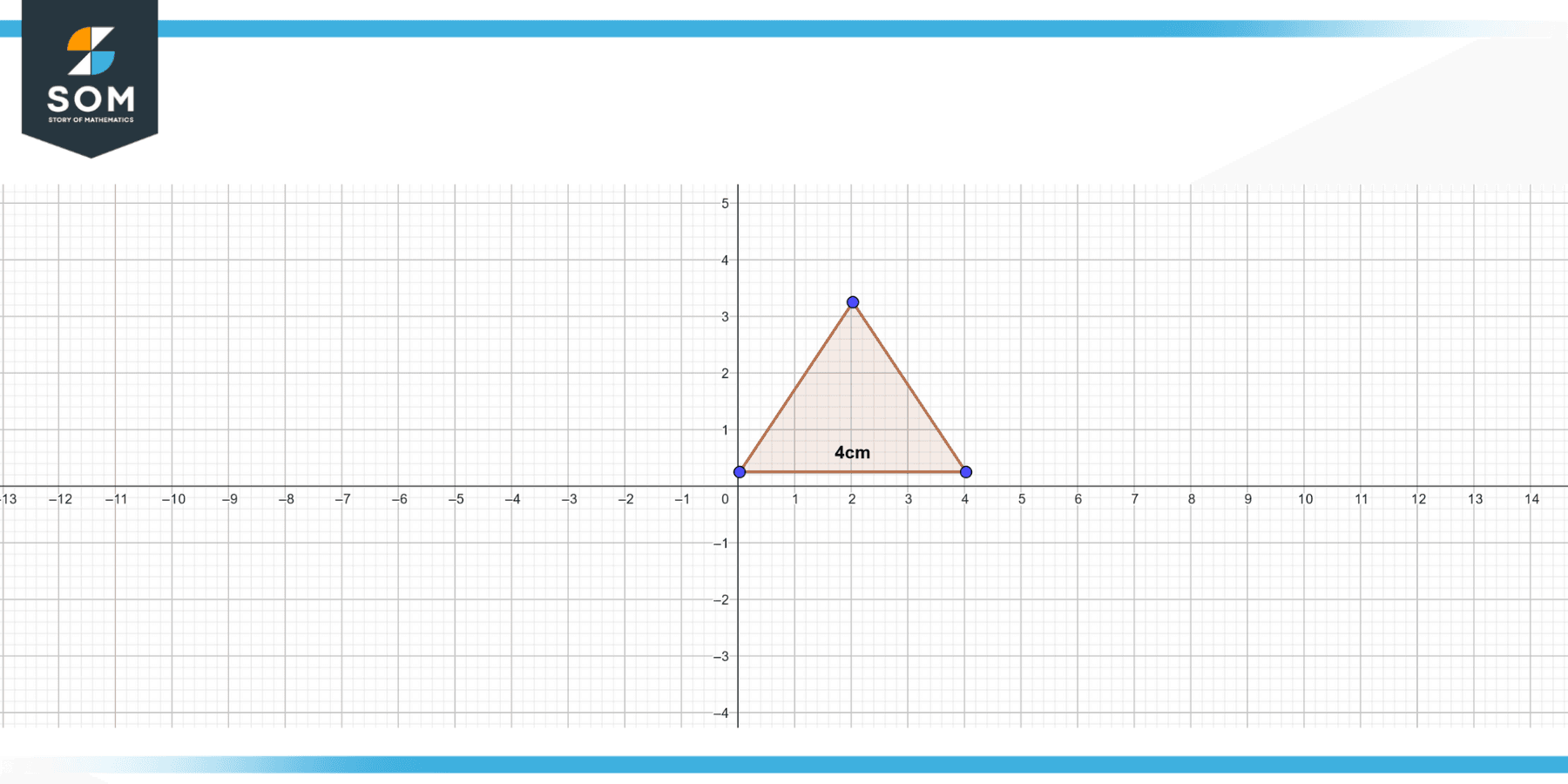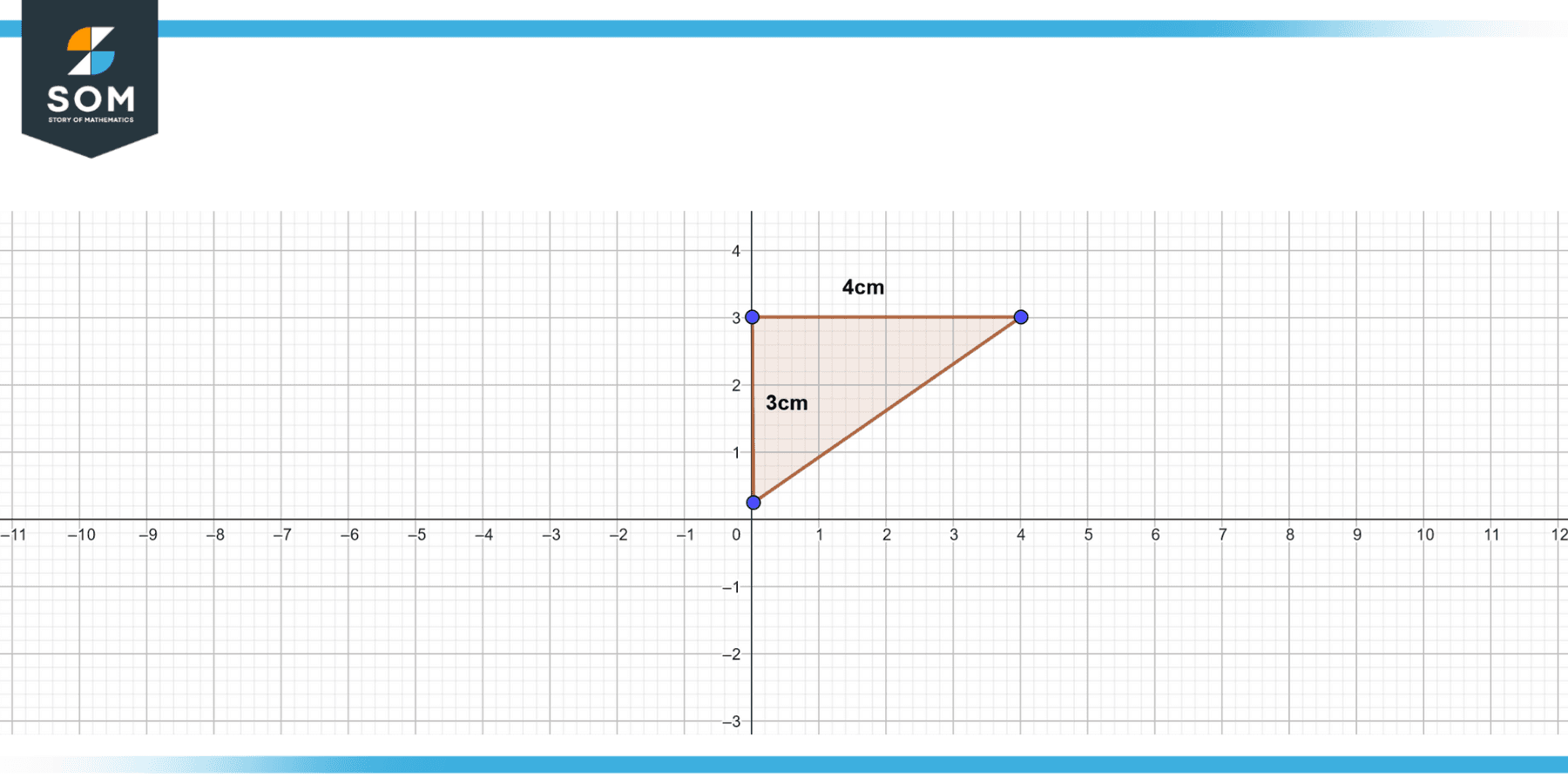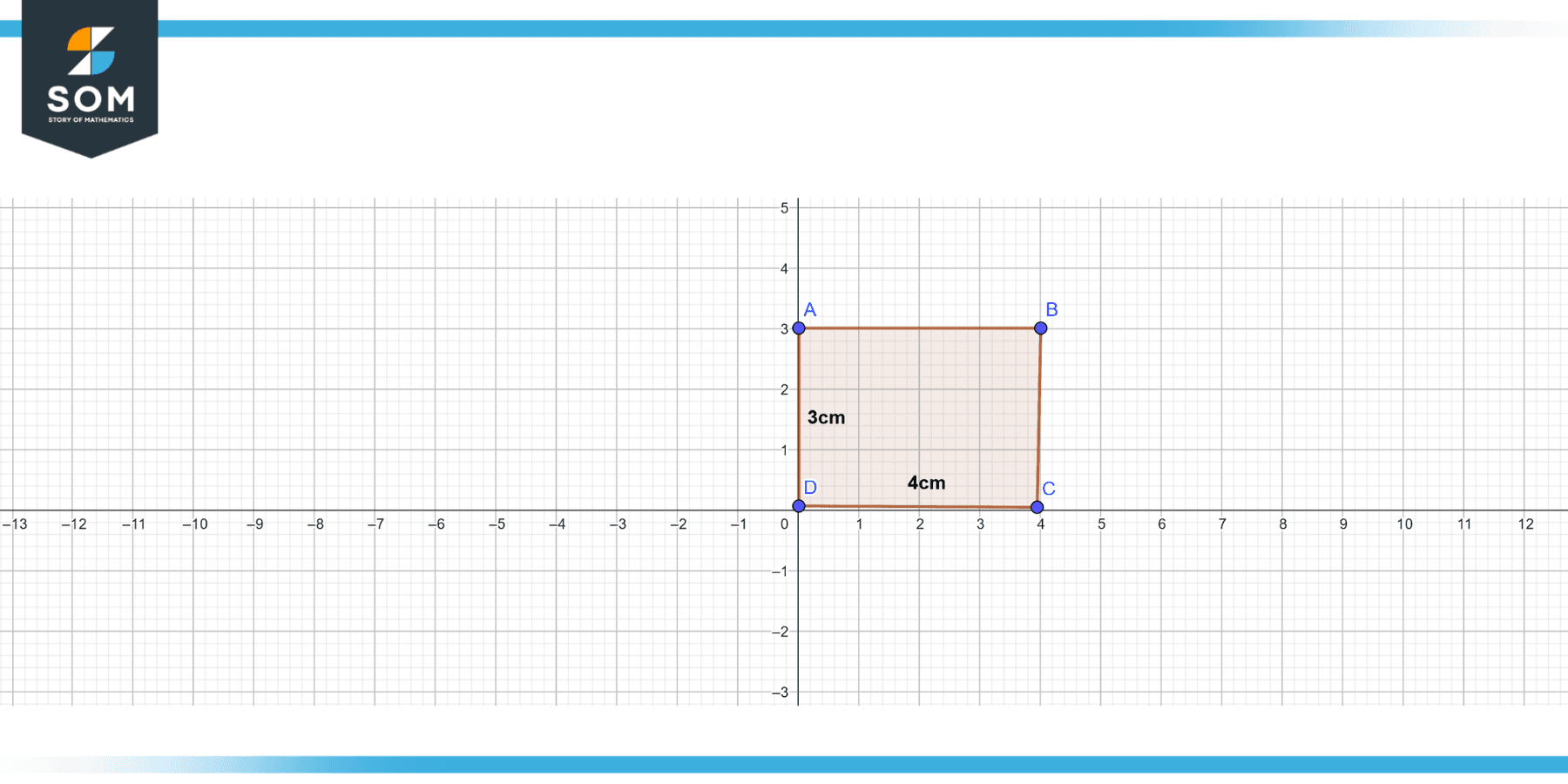JUMP TO TOPIC
Measurement|Definition & Meaning
Definition
In the context of mathematics, “measure” refers to the process of quantifying a length, height, capacity (volume), and/or any number of other quantities. Any quantity can be expressed as a measurement by combining two components: a numerical value and a particular unit.
Measurement is a fundamental concept in Mathematics and Science. Measurement quantifies the attributes of an object or event, allowing us to compare them to those of other objects or occurrences. When discussing a division of a number, the term measurement is by far the most prevalent.
In addition to requiring a set quantity of items to complete a specific task. In our daily lives, we frequently encounter different length, weight, and time measurement systems.

Figure 1 – Triangle length measured, which is 4cm.
The length of the triangle as measured along its various sides is shown below.

Figure 2 – Length measured of different sides of a triangle.
The rectangle’s length measured is shown below.

Figure 3 – Measuring a rectangle’s sides. Many such measurements are found in blueprints and building plans.
Methods of Measuring
There are a few fundamental types of measuring variables encountered in numerous areas of mathematics. The following are:
- Time
- Length
- Weight
- Temperature etc.
Measurement Units
As previously stated, we need measurement units for many forms of measurement. Let’s examine the following units of measurement.
Time units include milliseconds, minutes, hours, days, weeks, months, and years, among others.
- Length is measured in millimeters, centimeters, meters, kilometers, and so forth.
- Weight is measured in grams, kilograms, tonnes, etc. can be used to indicate the weight of specific objects.
- Examples of volume units include cubic centimeters, cubic meters, and liters.
- Temperature is measured primarily in degrees Celsius and degrees Fahrenheit.
Additionally, it is possible to convert units from one type to another.
Measurement Instruments
Instruments are necessary for measuring any quantity. To measure weight, for instance, we need a weighing machine, and to measure length, we need a scale or tape. Several dimensions are provided below:
- The measuring tape is used to determine the length of items or distances.
- The swinging clock is a type of time-measuring equipment available.
A Discussion on Measurement and Scaling
Among the many scales of measurement that are available to us are the nominal, ordinal, interval, and ratio scales. Let’s get a quick understanding of these different measuring scales.
The initial level of a measurement scale is called the nominal measurement scale, and it is the level at which the numbers on the scale serve as titles or labels to help classify or recognize the things being measured. In most cases, this scaling applies to non-numerical variables or things that don’t have any value.
Ordinal measurement is indeed the second level of evaluation that states the ordering & ranking of facts without defining the degree to which they differ from one another. The ordinal scale is also known as the ordinal measurement scale. The word “order” is symbolized by the word “ordinal.”
Ordinal data are also referred to it as qualitative as well as categorical data, and so this data can be categorized, named, and ranked in addition to having those capabilities.
The third level of the measuring scale is the interval measurement scale. Interval measurements are taken at regular intervals. This scaling is indeed a quantitative measuring scale that allows us to represent the difference between any two variables by comparing them to one another.
The ratio measurement instrument, which is the fourth level of the measuring scale and is quantitative, is known as the ratio measurement scale. The ratio scaling does have a special quality that sets it apart from other types of scaling: it has the origin as well as zero points character.
The Uses of Measurement
The concepts of measurement are crucial in the following circumstances.
- We must take appropriate dimensions into account when constructing buildings.
- For the purpose of trading, buying, and selling items.
- We often take the components in exact amounts to prepare the cuisine.
- For performing research experiments in labs.
- Time is the most important factor to consider when completing a task.
- For creating medications and caring for patients.
Importance of Measurements in Daily Life
Weight and height are closely tracked from the minute a baby is born, and so is the amount of food that the mother gives her infant. Everyone relies on measurements at some point in their lives, whether it’s for a medical exam, a sporting event, the construction of a home, the regulation of appliances’ temperatures, or even the preparation of a meal.
Limits on what can be done in the name of protecting public health, preserving the natural world, and facilitating international trade are all things that have been legislated to ensure their existence. Estimates suggest that 40 percent of EU Directives require some sort of measurement.
Good and comparable measures are essential for making informed decisions in many fields, including by citizens, customers, patients, doctors, control authorities, travelers, and businesses. Laboratories provide a sizable portion of the world’s measurements; hence, they must be able to accurately measure and produce dependable results regardless of the jurisdiction in which they are located.
Why Educate in Measurement?
There are many applications for measurement techniques and skills in daily life. We can quantify the environment around us by using instruments like rulers, thermometers, scales, and the capacity to estimate with all these tools. They can provide information on our height, body temperature, amount of drinking, weight, and travel distance.
Basic distance and time measurements let us compute speed and acceleration, which in turn enables us to determine how quickly a rocket must be launched in order for it to reach the Moon and how populations evolve and expand.
Measurement is crucial in establishing connections across different branches of mathematics. For instance, it gives the use of math abilities and spatial concepts in rich and meaningful contexts.
Measurement also establishes connections among mathematics and other academic disciplines. Many activities and sports place a premium on measurement abilities, particularly estimation. They are not only necessary in many scientific inquiries but also participate in various creative and musical endeavors.
A Numerical Example of Measurement
Example
Determine how many centimeters a ribbon that is 20 inches in width would be.
Solution
As a solution, we are aware that the formula for measuring conversion tells us that 1 inch is equivalent to 2.54 cm.
A length of a ribbon is specified to be twenty inches.
According to this, 50.8 centimeters is equal to 20 inches, which is equivalent to 20 inches multiplied by 2.54 centimeters.
As a result, the length of a ribbon measured out to be 50.8 centimeters in total.
All mathematical drawings and images were created with GeoGebra.
